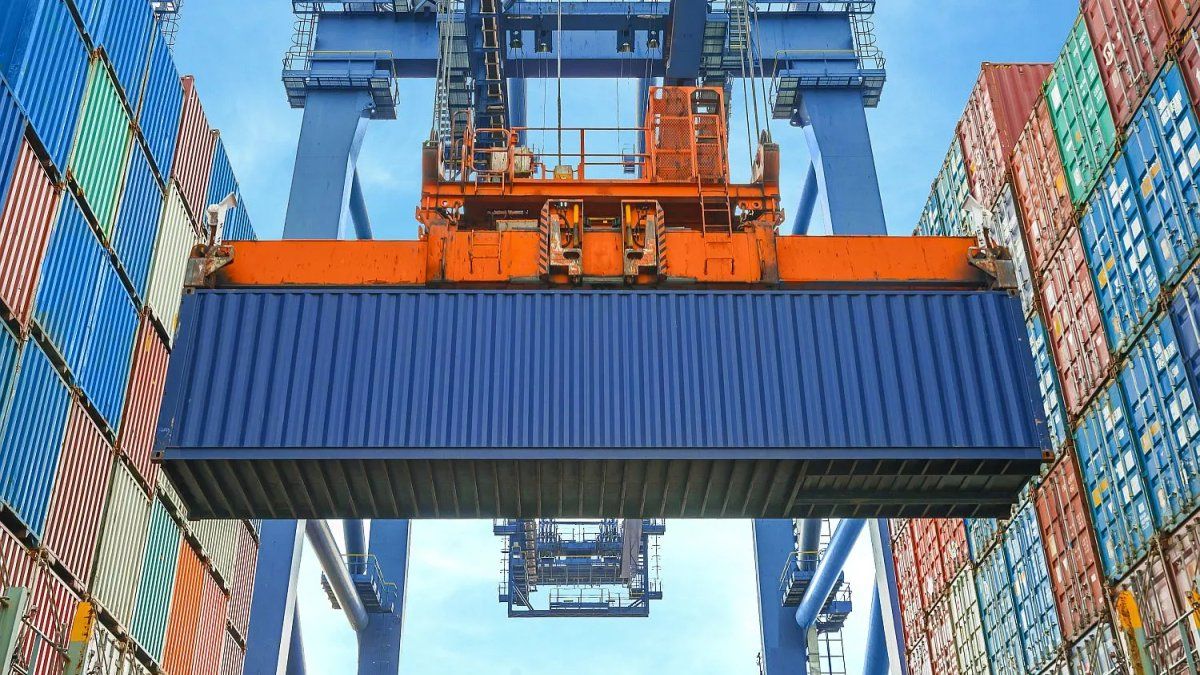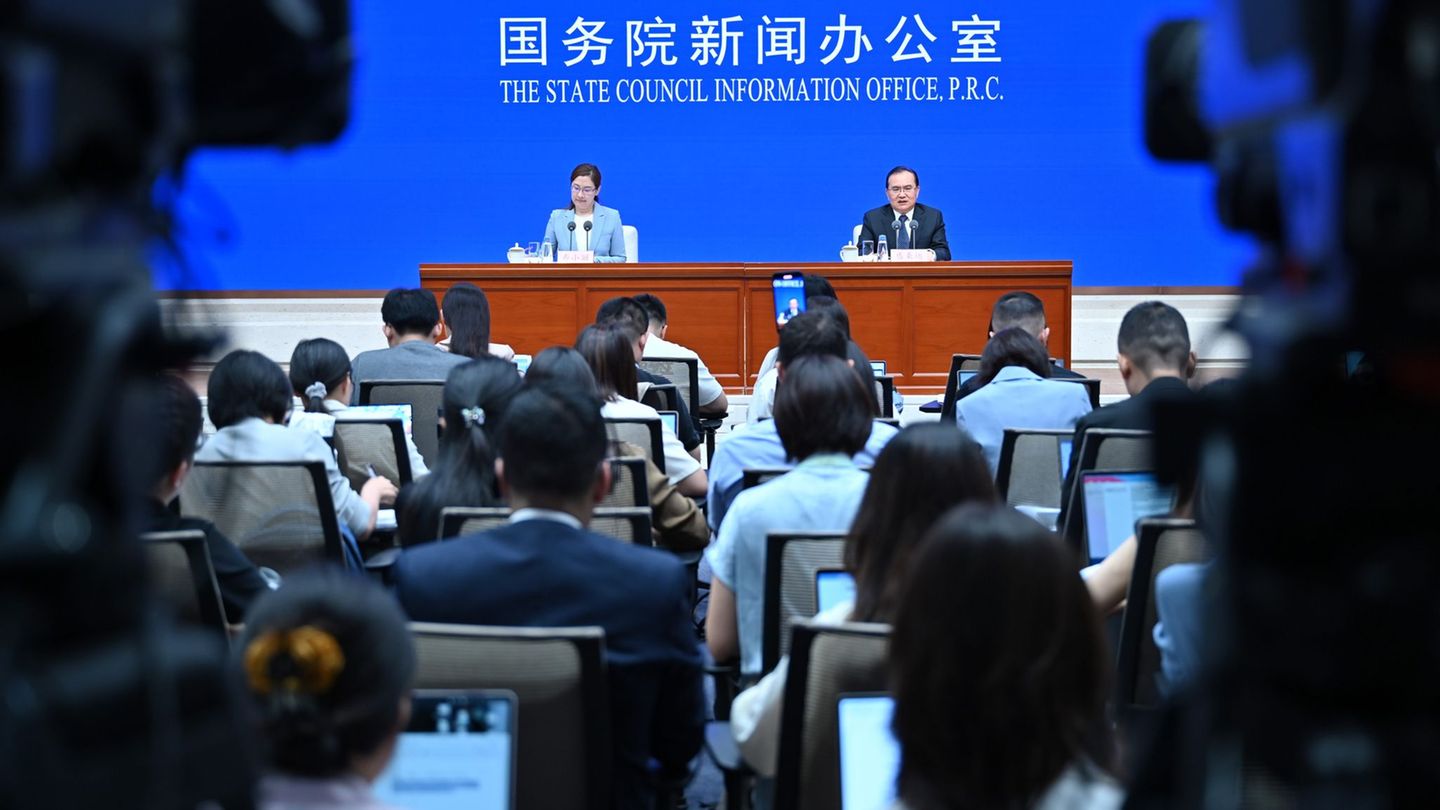The deepening of the deficit responded primarily to 53.3% jump (+u $ s500 million) in importsup to US $ 1,438 million, according to data from the Ministry of Economy of the neighboring country. Most of this advance was explained by the purchases of carswhich presented an interannual growth of 70%; Within this item, those of passenger motor vehicles stood out.
Meanwhile, Exports increased 46.9% year -on -year (+U $ 337 million) Au $ 1,054 million. Here also the automotive sector was the one that generated the bulk of this variation; Among the sales of vehicles for the transport of goods and for passenger transport added more than US $ 2550 million in relation to February last year.
On the contrary, Agro showed weak performance In the second month of the year. In wheat and rye without grinding sales to our main commercial partner, 1.1% annual au $ 118.5 million fell. Also, agricultural by -products showed strong casualties, led by preparations and flour cereals or fruit and vegetable starch, which was reduced by 70.2% versus 12 months ago.
With these numbers, the commercial balance between the two countries In the first 2025 bimester he gave a negative balance for Argentina of US $ 711 million278% above the result of the same period of 2024.
image.png
The figures from the nation chaired by Lula da Silva showed that Argentina positioned itself in Third place among the largest suppliers in Brazilbehind China and Hong Kong and Macao (US $ 7,991 million) and the United States (US $ 341 million). In turn, among the main buyers of Brazil, Argentina was also third, behind China, Hong Kong and Macao (US $ 5,310 million) and the United States (US $ 3,202 million).
A bilateral deficit with Brazil of US $ 4,000 million is expected: what are the reasons
From the Abeceb consultancy they hope that in 2025 the deficit with Brazil increases to the area of the US $ 4,000 milliondue to an increase in imports much more significant than imports (40% vs. 12%).
“On the Brazilian side, two opposing factors will move the bilateral flow: first, a Economic deceleration in Brazil (which would grow from growing 3.5% in 2024 to 2% this year) that would lead to a moderation of outside purchases, in a context of persistence of concerns about the fiscal front that negatively impact investment, and higher interest rates, in the face of persistently high inflation, impacting consumption, “the entity deepened.
On the contrary, they added, the appreciation of the Brazilian Real (after the important devaluation of 2024), could harm the competitiveness of exports of the main economy of the region and encourage purchases abroad. Even so, the consultant clarified, an international context convulsed by commercial war threats between the United States and several weight economies involve risks. “A stronger dollar necessarily points to weaker emerging coins”he said.
Regarding ArgentinaIn Abeceb they argue that the main “driver” It will be “the recovery of economic activity after two recessive years in which Growth is emerging to exceed 5% per year“, which, together with the exchange appreciation and the Commercial Openingthey would promote imports.
Source: Ambito




